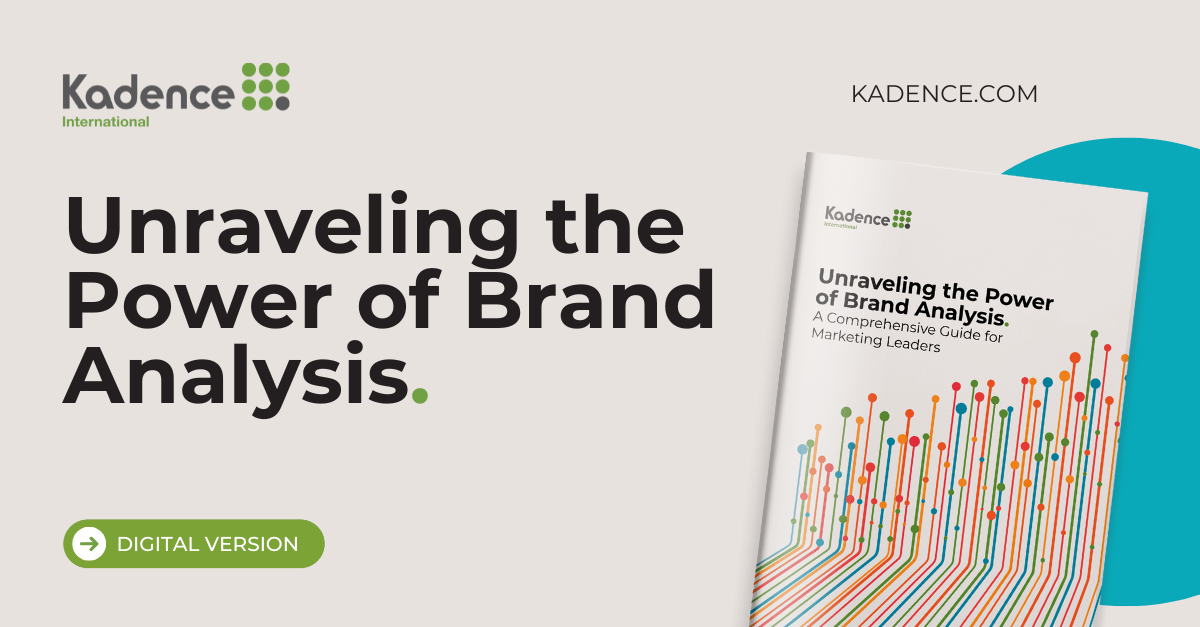It makes sense to open up new markets for a successful product or service. But how do you know whether it’s worth the investment? What makes for a potential buyer in your home territory might not apply in a new location where the total addressable market could be much smaller or many times the size. Enter the market researchers. We explain how to calculate market potential.
Estimating sales can be a chore even when you have historical and well-honed market instincts to work with. But in a new market this is even harder. There’s no historical data to review and it’s challenging to estimate the kinds of expenses and risks that might crop up.
An inability to judge sales makes the decision of whether to enter a new market much harder. Without a decent estimate – of both sales and likely profits – it’s almost impossible to decide on how you might enter and what kind of investment to make there.
What’s the market really worth?
The starting point is to get a handle on the existing market for your brand or product in the new territory. A basic market analysis is a great starting point. Typically it breaks down into:
- Market sizing (current and future)
- Market trends
- Market growth rate
- Market profitability
- Industry cost structure
- Distribution channels
- Key success factors
But within each category, there’s lots to research. A more superficial look at the data can be helpful for a ‘first cut’ look at which new markets you might want to enter. But a deeper dive into the numbers will be essential if you’re going to properly evaluate the strategy for what looks like a high-probability candidate.
That more sophisticated analysis could take the form of a total addressable market (TAM) analysis. This looks at both the TAM itself, as well as serviceable available market (SAM). This is the portion of TAM that your company’s products or services play inside; and serviceable obtainable market (SOM), the percentage of SAM which your might realistically reach.
Best guesses?
But getting to SOM for a brand new market isn’t a simple calculation. It’s not exactly easy in markets where you’re a known quantity and understand the competitive environment, either! For businesses in mature categories and with previous experience of being a new entrant to markets, it’s possible to make educated guesses. This can be refined with local research on factors that might shape consumer behaviour.
In some industries that data might be possible to obtain – from industry associations, for example, or government agencies. In others – and particularly in product segments that a relatively underdeveloped in the market you plan to enter – sales figures might be harder to come by.
Then there’s the difficulty of calculating market share. You will know what it might cost in contracts, infrastructure and marketing to build share in existing markets. But the assumptions may be way off-base for a brand new market.
Get regular insights
Keep up to date with the latest insights from our research as well as all our company news in our free monthly newsletter.

Talk to people
At this point there are two avenues:
Research sales results that have been achieved by other companies like yours. They don’t even need to be in precisely the same line of business. The lessons of other companies looking to sell into the new markets can reveal both the optimum routes in, the barriers to adoption and the appetite for new brands.
That might even mean contacting other businesses to ask their experience of making the adaptation to the new market – as well as learning about potentially important busy and slow seasons, noteworthy business practices and quirks of the system that might not have a direct bearing on the size of the opportunity, but will allow you to adjust your assumptions.
Talking to local partners, however, is probably the best way of calibrating your expectations. Even if you plan to enter a market by establishing a local entity and investing in your own facilities and marketing, you’ll still be working with many different counterparties. This can span everything from local professional services firms such as lawyers and accountants, to warehousing, distribution or media buying agencies.
They ought to be able to offer anecdotal evidence at the very least; at best, they’ll have insights into the size of the market and chances of capturing that crucial market share. And if the route to market entry is contracting with a local distributor, licensees or franchisees, their sense of the opportunity could be invaluable.
But above all, rigorous quantitative and qualitative market research will reveal a great deal about attitudes and appetites for your brand or product. The more you can contextualise the hard data on existing spend and potential market growth with consumer insight, the more realistic your evaluation will be.
Focusing on behaviour
One other way to address uncertainties about how a new market might embrace a product or service is to think not about that category, or even look at domestic rivals’ sales and strengths. It’s to create a strategy based on consumer behaviours.
If you can analyse why your brand, product or service is successful in its existing markets and break down the results into some key motivators or even behavioural traits of your consumers, it might be possible to assess where those traits are visible in a new market before you enter. In what situations is your product used? What type of people love it? What are those customers’ attitudes across different domains? What role does it play in their lives – and why?
That will require some pretty deep insight into the market you want to enter. Clearly it’s a more useful investment to make if there are other positive signals to encourage you in – fundamentals such as infrastructure, spending power or pre-existing local interest in your brand or product.
How good is your cost analysis?
Knowing your potential sales, market share and growth are all important. But the scale of the opportunity isn’t just sales – it’s profit. And even seasoned businesspeople can misstep when it comes to keeping costs under control in their market entry strategy. Here’s a brief list of costs that won’t affect domestic-only businesses:
- Shipping costs – which can also fluctuate wildly, as we’re finding out during the COVID-19 pandemic. Consider, also, capacity. Shipping out of markets with a high balance of trade deficit (Europe, US, UK) to major exporters (China, for example) is much easier than going the other way.
- Legal expenses – from registering a business in a new location, sorting out licensing, contracts, the right insurance cover… and complying with local regulations on everything from product labelling to anti-bribery laws.
- Foreign taxes – and other local accounting quirks, which might be different depending on your headquarters domicile and the mode of entry into the market.
- Translation services – for everything from contracts and technical specs, to instruction manuals and marketing.
- Recruitment and HR – even a light-touch market entry will benefit from putting some employees into the new market to oversee set-up and manage local relationships.
- Travel expenses – for the above, but also for ongoing check-ins with local teams or business partners.
What do you know about rivals?
Some lucky businesses will find an overseas market where there are few local rivals, legal and business structures that allow them to port across their defensive attributes from existing markets and a ready but as-yet-untapped consumer base. But those will be rare. So to properly understand the market potential, you’ll need competitor analysis. Our typical approach to this considers:
- Who are your rivals in that market? Not just currently selling what you want to sell, but addressing your potential customers, too.
- What is their range of products? How easily might they change?
- How do they pitch their consumers? What messages are they using? Which channels?
- What is their competitive advantage? What’s their cost base like? What could you replicate – and where can you out-compete them?
- What’s their market share? How fragmented in the competition? What opportunities does that present either in terms of the industry cost-base or even acquiring smaller rivals?
- What is their company structure? If they outsource (for supply or support) or license (to address the market), could those be vulnerabilities increasing your potential strength?
In summary
A lack of prior experience and knowledge can make it challenging for companies to assess the potential of new markets. We help lots of business overcome this – not just through the use of primary and secondary market research, but also by having people on the ground in many countries and regions to add specific local knowledge.
This creates a much more rounded view of the market potential – and the optimum ways to tap into it – than simply applying a cookie-cutter approach to market entry. The key steps:
- Understand the demographic and economic drivers that underpin the total market for your products or services.
- Think laterally about the broader factors – such as the types of consumer and cultural attitudes – that dictate market size.
- Analyse existing market activity to deduce a TAM, SOM and SAM.
- Conduct consumer research to evaluate your specific opportunity in the market.
- Competitor intelligence will help you test assumptions about potential market share gains.
- Rigorous local insights into costs and risks will reveal the profit potential – the ultimate rationale for market entry
Find out more about our market entry services, read our expert guide to market entry or get in touch with us to discuss a project with our team.







 Senior Marketing Executive
Senior Marketing Executive Sales & Marketing
Sales & Marketing General Manager PR -Internal Communications & Government Affairs
General Manager PR -Internal Communications & Government Affairs Vital Strategies
Vital Strategies
 Customer Intelligence Director
Customer Intelligence Director